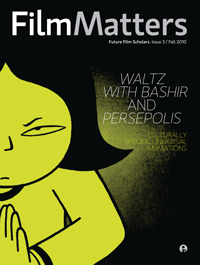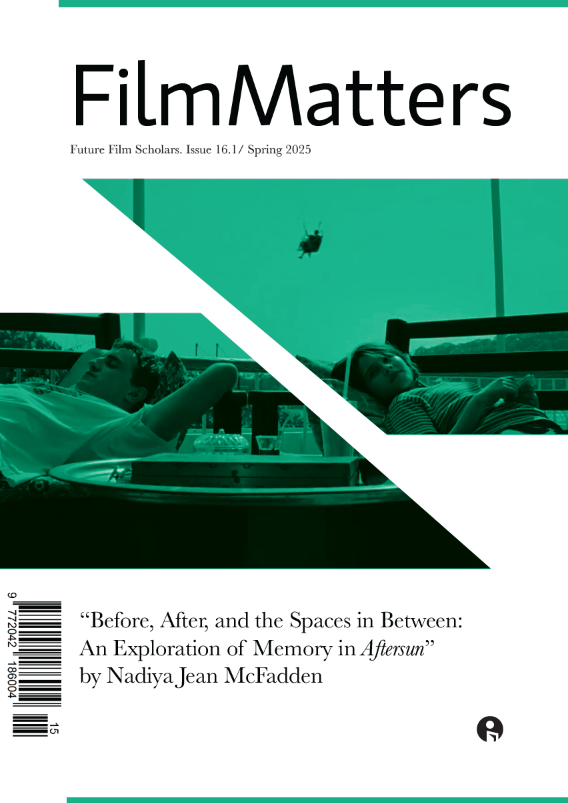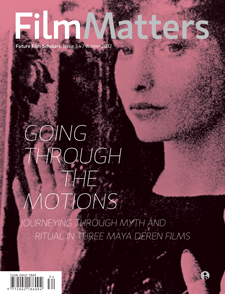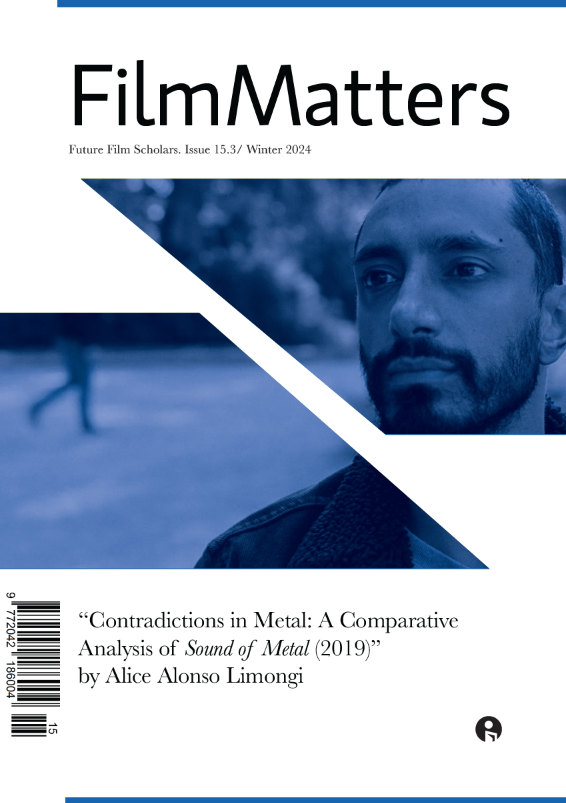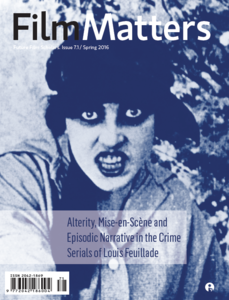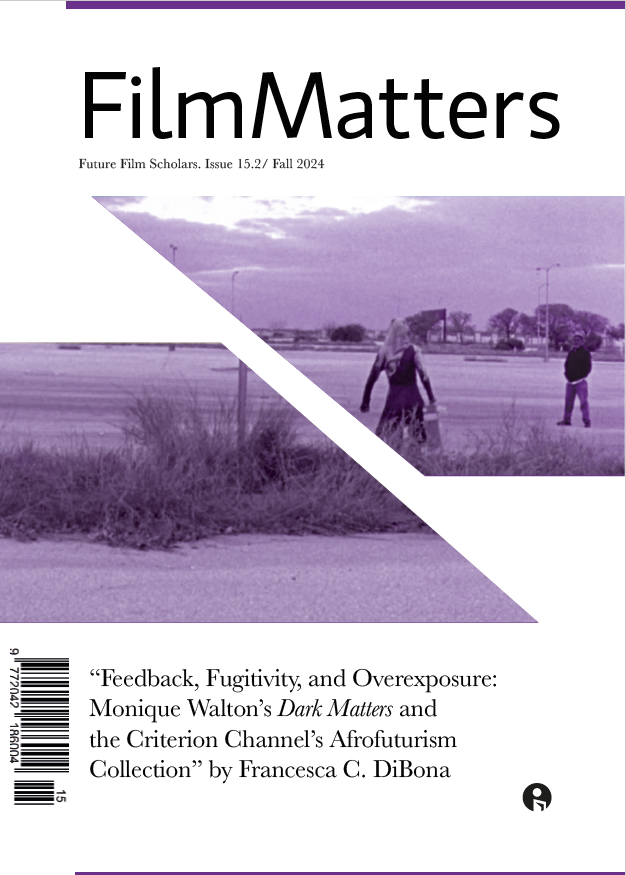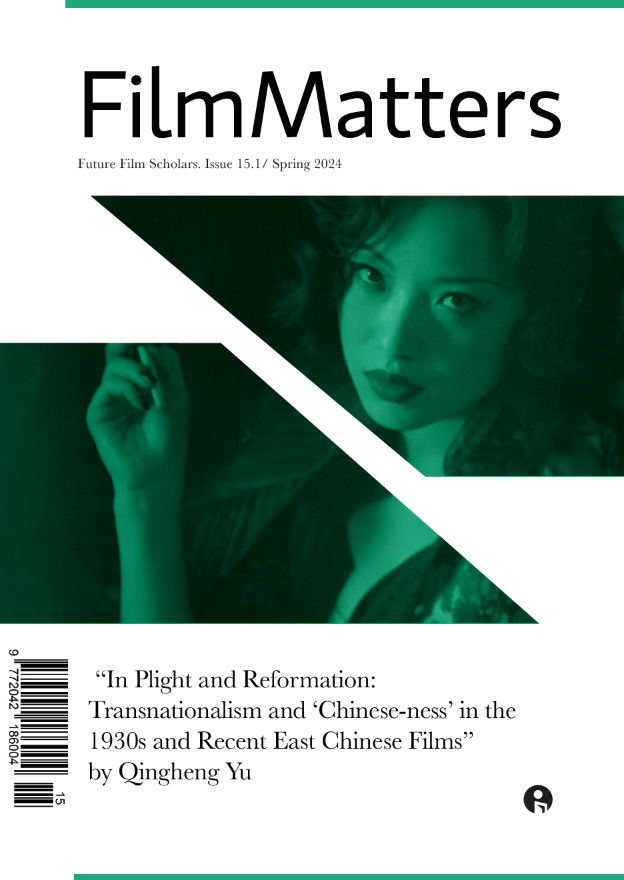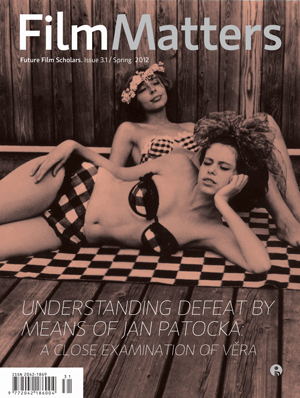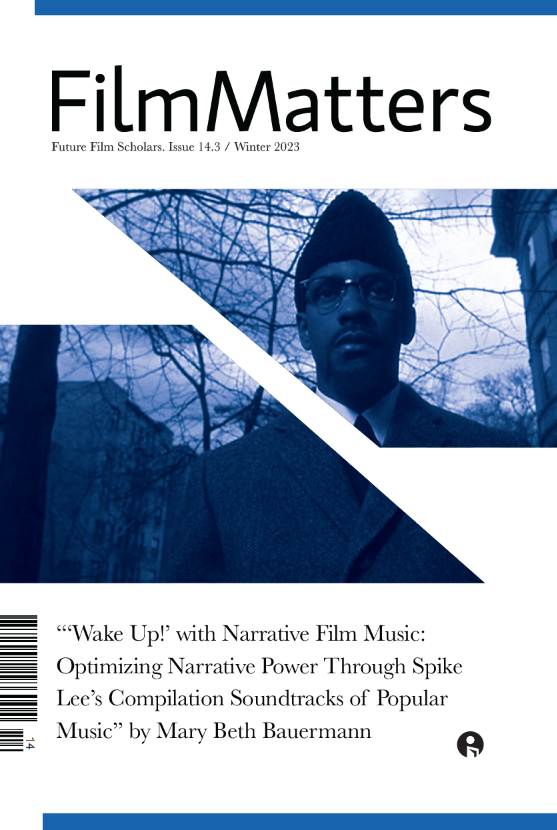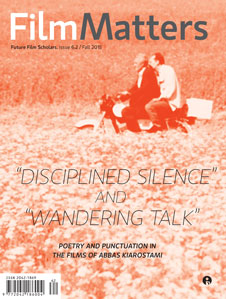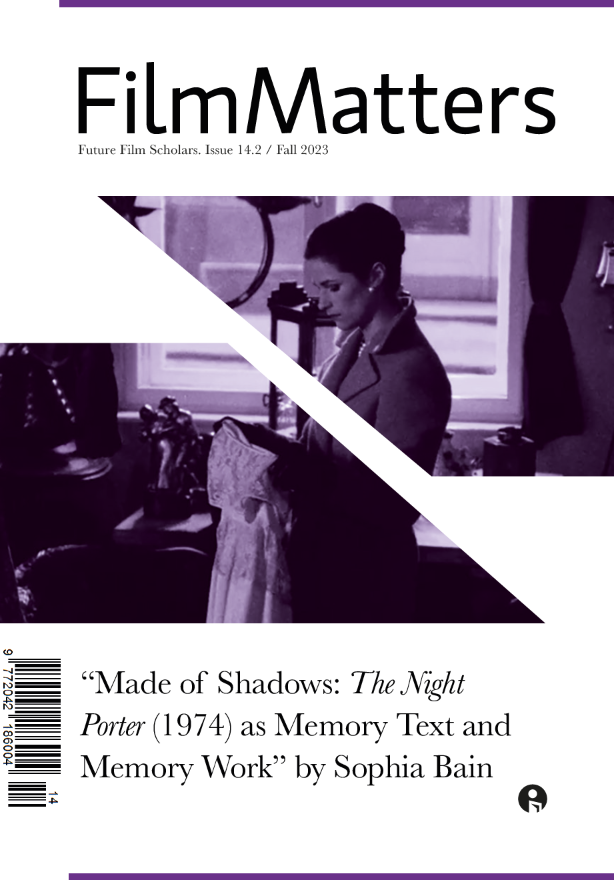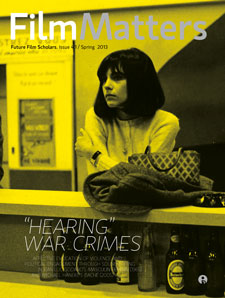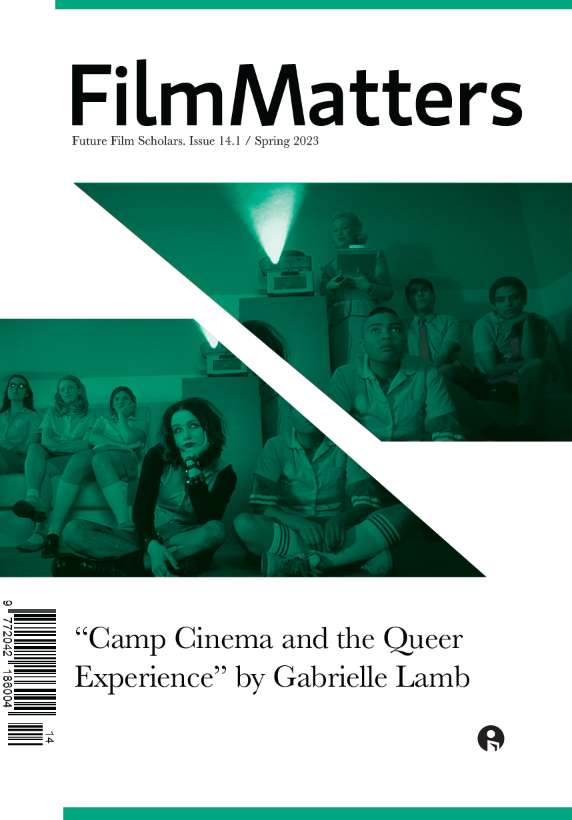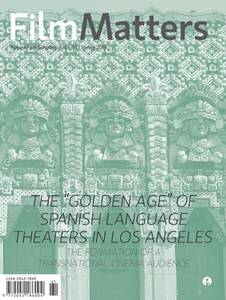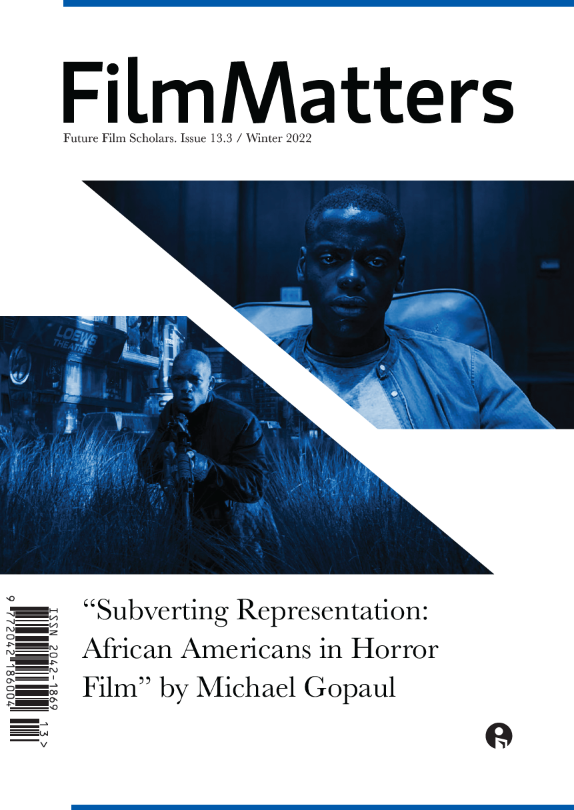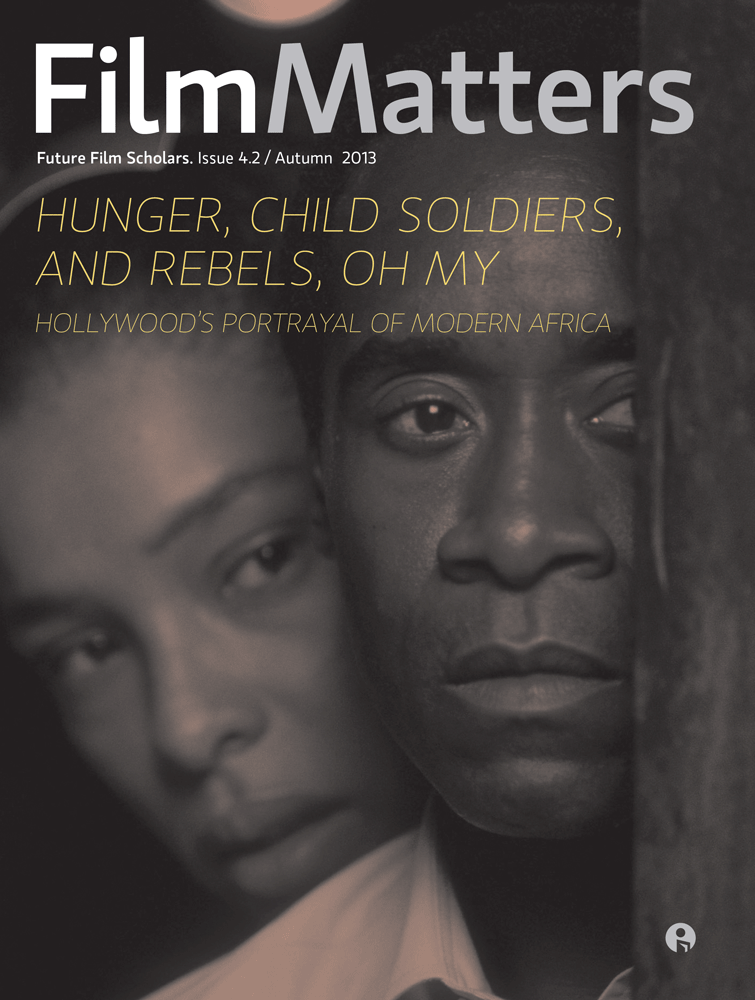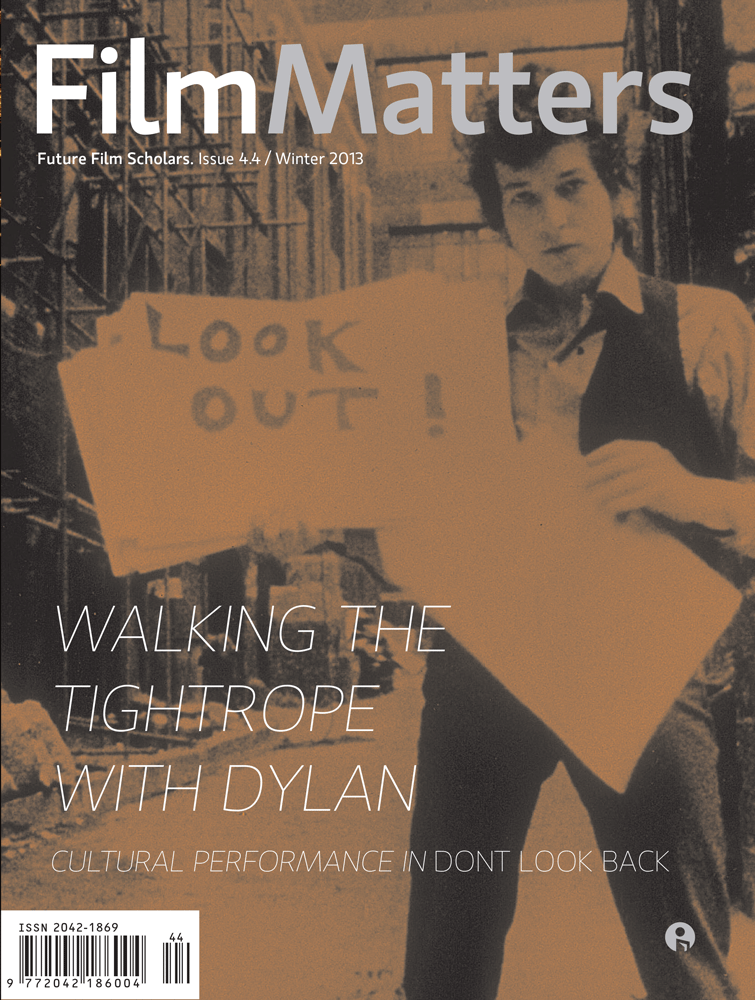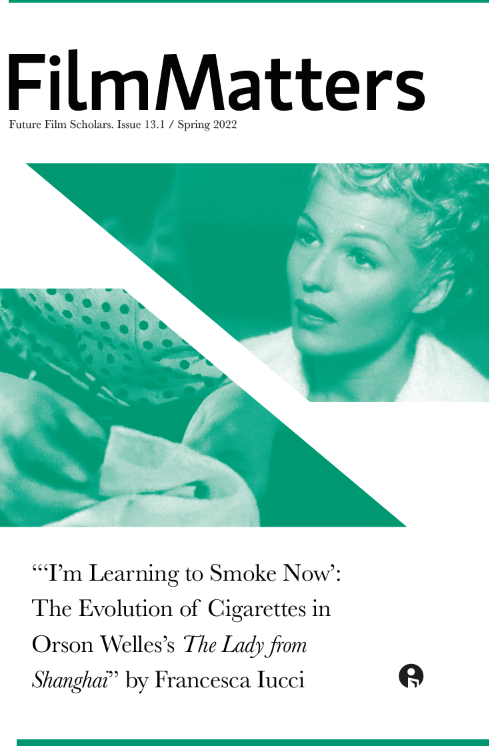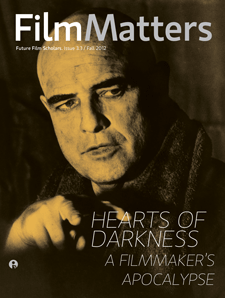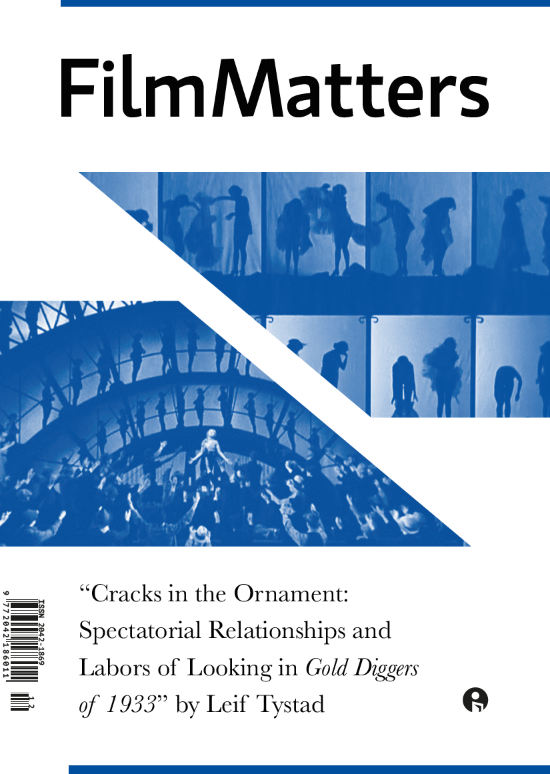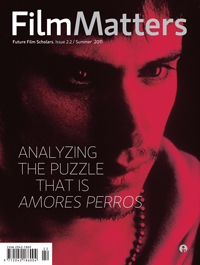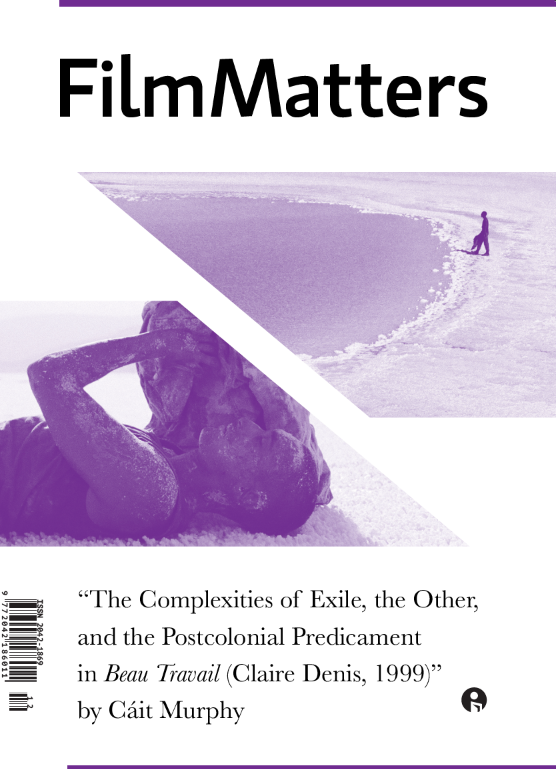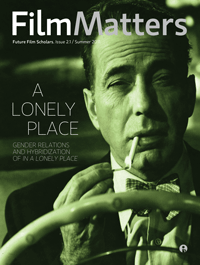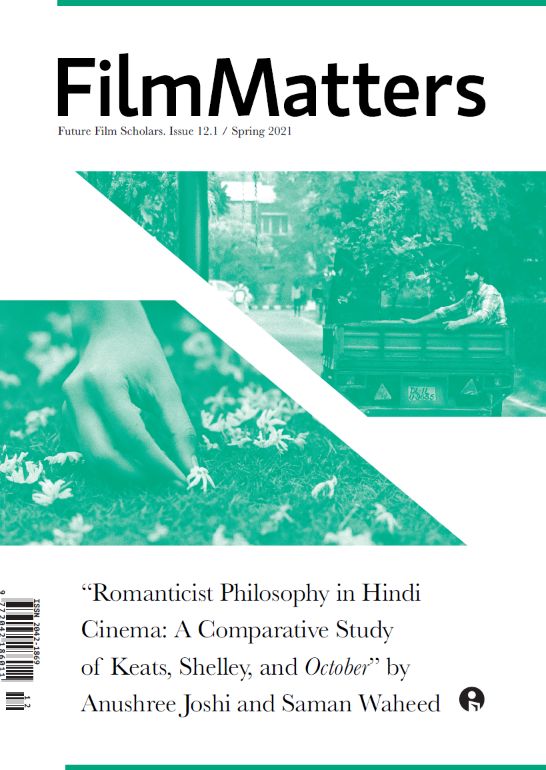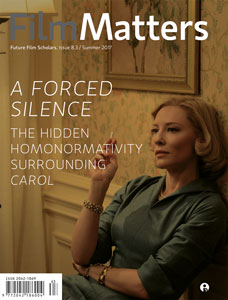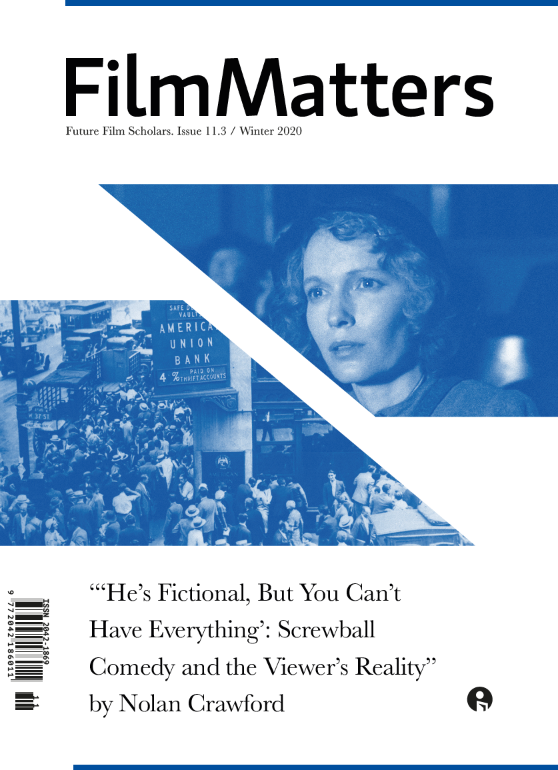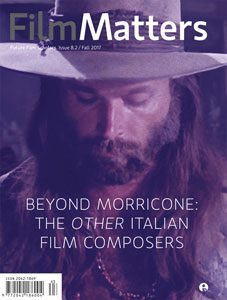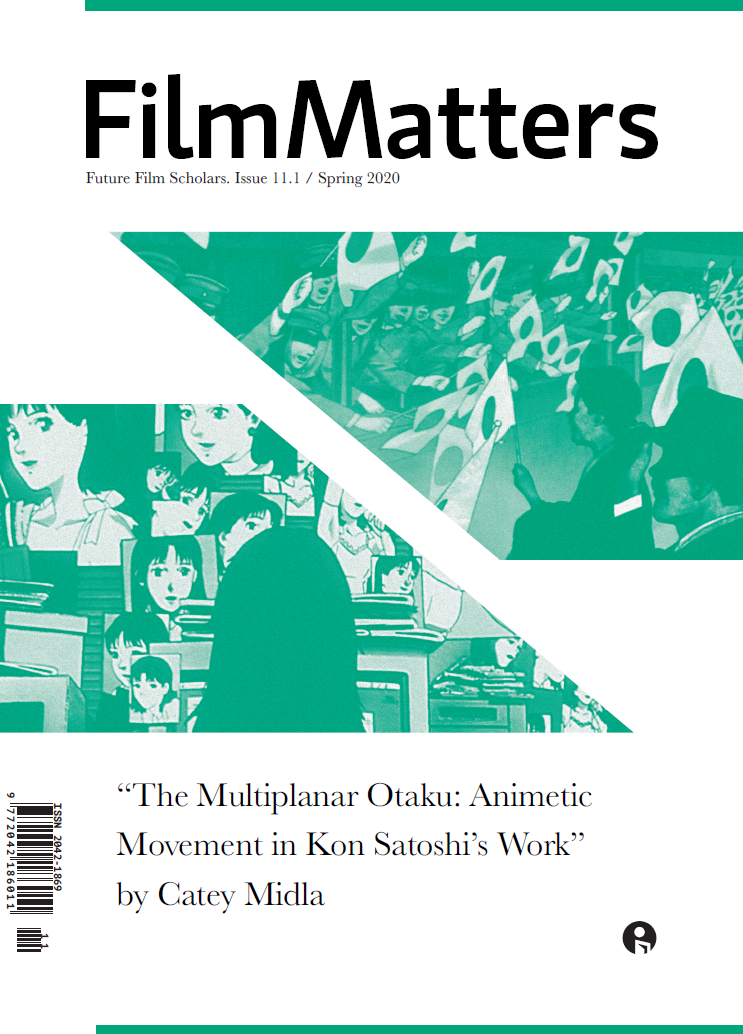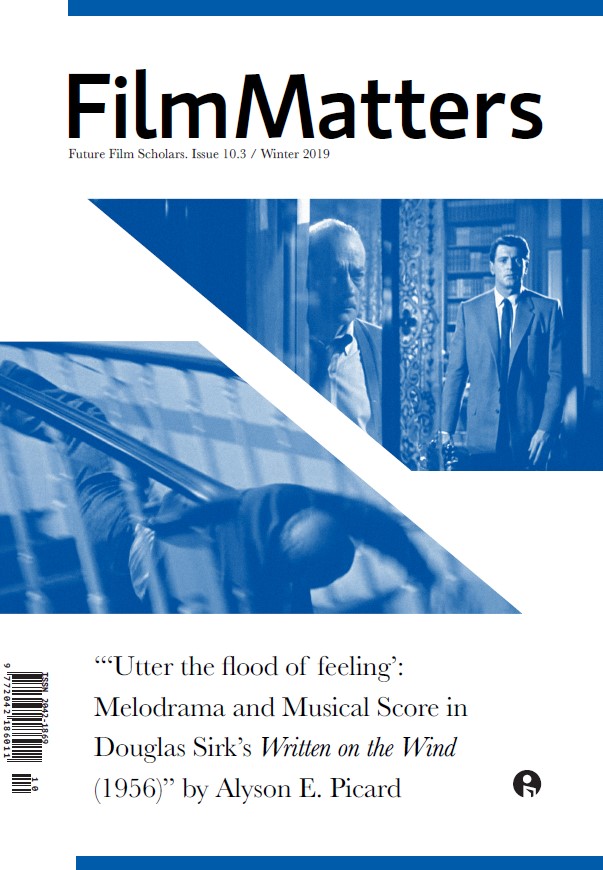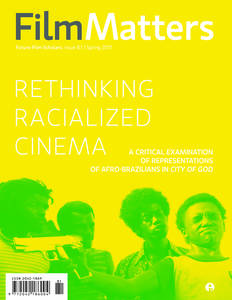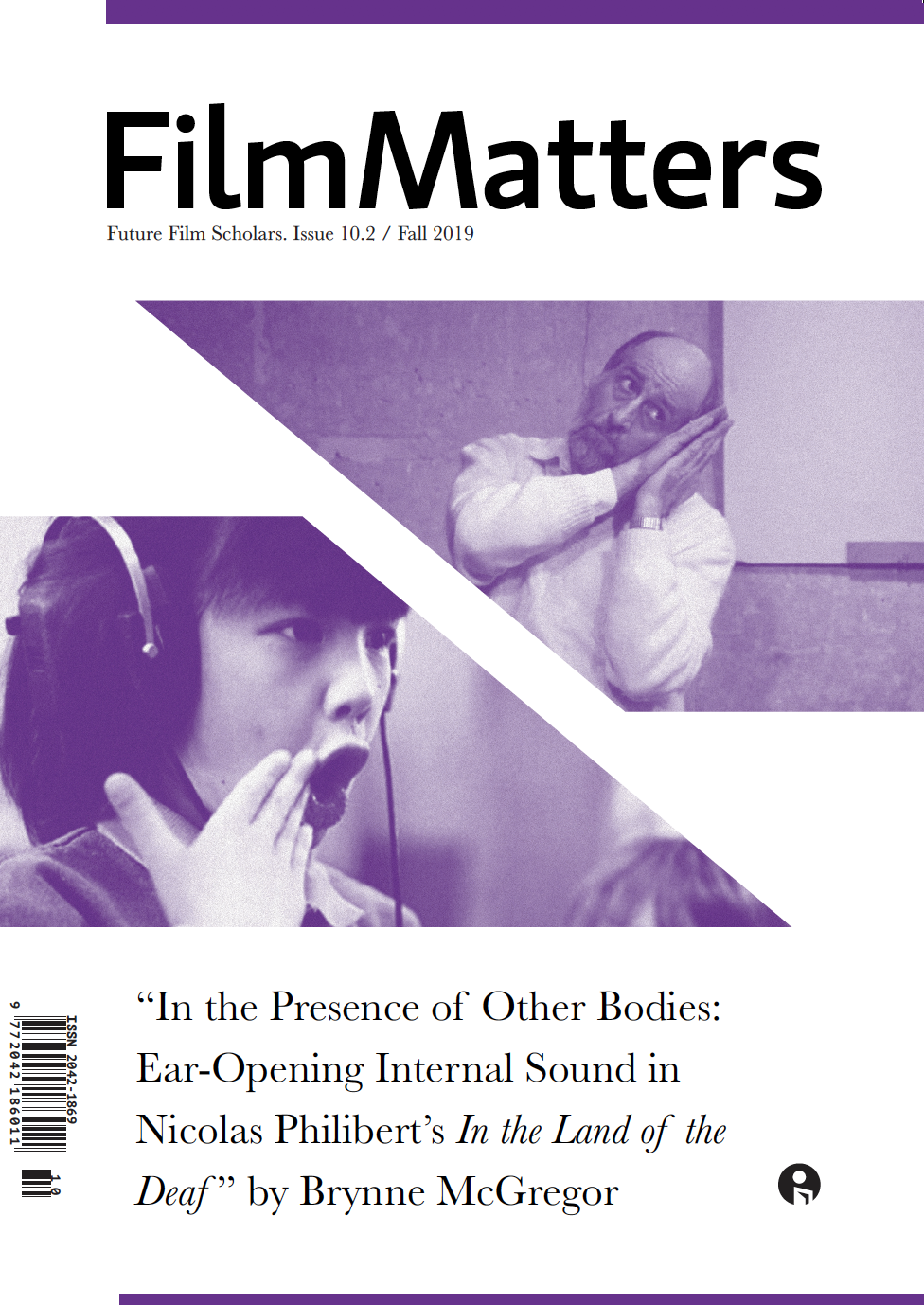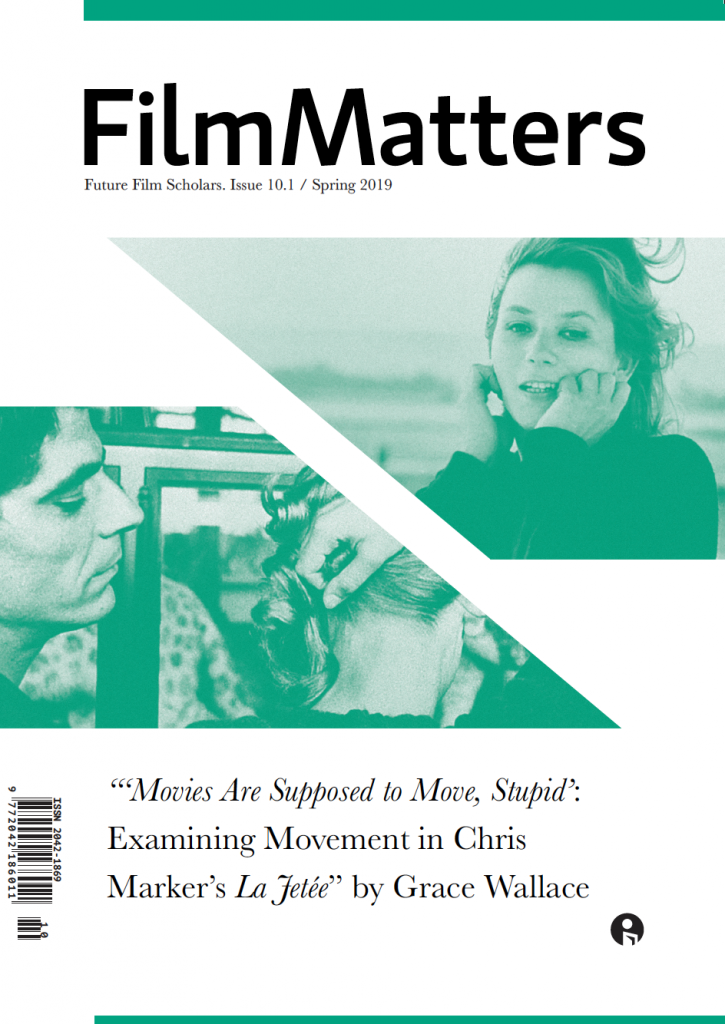
Of the many 2000s films to take a well-beloved franchise and imbue them with the flair and cultural values of the Y2K era, I believe that Scooby-Doo (Gosnell, 2002) is one of the best and most underappreciated by critics. The film holds the ability to strike the perfect balance between the mystery gang’s cross generational appeal and fun, bold aesthetics. Initial critical reception for the film was negative, Rotten Tomatoes gave the film a 32% and IMDb, a meager 5.3 rating. A 2002 Guardian article by Peter Bradshaw calls the film “incredibly leaden and unutterably boring.” However, the mid-budget film was a commercial success, grossing 275.7 million despite this negative perception, speaking to the still ongoing disconnect between critics’ opinions and the public.
The films premise follows the mystery gang as they reunite after disbanding 2 years earlier, to investigate “Spooky Island,” a horror themed resort. In their successful failure to capture a villain the film immediately flaunts its near perfect casting as the gang’s dynamics shine through. This scene displays all the classic group archetypes in its star casting, featuring the likes of Matthew Lillard and Freddie Prinze Jr, also making a nod to the celebrity mania of this era, with a hilariously random cameo from Pamela Anderson.
In this casting, James Gunn’s campy script is where the main charms of the film shine through. Gunn unites the radically different and exaggerated personalities of the beloved characters, both reinforcing stereotypes in this opening scene and subverting them through the film’s 2000s setting. Despite the censorship of queer characters in the early 2000s, queer subtext is coded into the film, particularly in the confident but self-absorbed Fred, who is hinted at being gay. The original script featured explicit references to Fred’s sexuality though these were toned down or cut out for its theatrical release, despite this Fred’s flamboyant style and personality hint to this original interpretation. This is seen particularly in the moment where he chastises Scooby Doo for embarrassing him after he sees a monster (Scooby Doo 40:57- 41:20).
Here Fred subverts masculine stereotypes, unafraid to be dramatic and overbold in a comparable way to Daphne. Daphne subverts the “damsel in distress” archetype to independently help to solve the mystery and even become an action hero without losing her femininity in a scene where she battles a wrestler very iconically in a flared purple jumpsuit and go-go boots (Scooby Doo 1:11:21- 1:14:09). The crosscutting in this scene helps to create parallels between Fred, who is seen as an action hero in the film, and Daphne who was previously overlooked and reduced. This helps the audience to believe that Daphne is truly subverting feminine stereotypes as she successfully conquers her male foe without any need for saving, whilst still looking her absolute best.
Velma is similarly empowered as she is credited for her intelligence but also exhibits vulnerability. After seeing that her achievements and problem-solving skills are undervalued by the group and media, she quits, tearfully expressing this as part of her reasoning (Scooby Doo 4:44-6:54). Gunn’s choice for to Velma quit first, makes her more three-dimensional as she understands her worth, expressing this and moving on as she later secures a job at NASA where she feels valued (Scooby Doo 10:10-10:20).
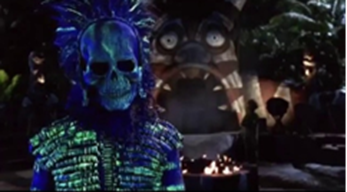
Additionally, the film is visually playful, with extra detail put into the desert fairground setting, reminiscent of the animated series. Where the film fails, in terms of dated CGI, it makes up for it in its strong uses of color and costume, modernizing the bold and individualistic character designs of the gang to fit the slick and flashy, over-the-top 2000s style, without losing their long-lasting charm. All these qualities and the general campy liveliness that the film provides, even almost 20 years later, cement Scooby-Doo as an example of a film successfully adapting the charm of a long-established IP to appeal to a modern audience while successfully encapsulates that period. Although critics dismissed it early on, the film has now gained cult status appealing to younger generations past the 2000s, proving that the dissonance between audience ratings and critical acclaim is a gap that must be bridged. With recent commercial and critic adaptation failures in the likes of films such as Netflix’s Persuasion (Cracknell, 2022) and the more recent Scooby-Doo adaptation Velma (Grandy, 2023), perhaps we should look to films like this one to explore how to bring long lasting characters and stories into the present.
Author Biography
Roxana Sherahmad is a Film and English Literature joint honours current undergraduate student at the University of Birmingham. With this combined interest in the study of literature and film, she is interested in the intersections between these two fields, including theories surrounding adaptation and film history.

